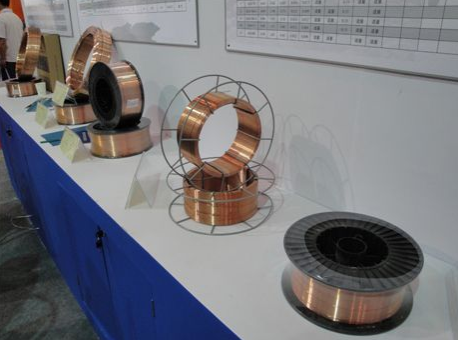There are many different types of welds for different experience levels and applications. You can determine which weld type is right for you by examining your welding experience and the materials you want to weld. While some weld types will produce clean channels and require minimal cleaning, other types of welding will produce larger welds and therefore require more slag cleaning. Some weld types are only suitable for ferrous metals, while others are more versatile.
Plasma Arc Welding
Plasma arc welding creates an arc between a non-self-consuming electrode and the workpiece. The process is characterized by high temperatures and concentrated energy, allowing the welder to make deep, narrow welds at high speeds.
MIG welding
Metal inert gas (MIG) welding is an electric arc welding process that uses a solid wire for welding. The electrode is fed into the welding torch and heated. It is a simple type of welding for beginners.
TIG welding
Tungsten inert gas (TIG) welding is an electric arc welding process that uses a non-consumable tungsten electrode for welding. It is a precise form of welding, offering welder control to suit current strength and gas flow. Tig welding is most successful on finer materials and can be used to weld ferrous and non-ferrous metals.

AWS A5.9 ER310
Stick or Arc Welding
Stick welding is a manual arc welding process that uses a self-consuming electrode covered with flux to lay down the weld. It produces a strong weld and is suitable for thicker materials. It is a versatile welding process with a simple equipment set-up and is usually easy to learn.
Flux Welding
Flux welding is a semi-automatic or automatic arc welding process which uses a continuous supply of self-consuming electrodes. The electrode contains a flux core that provides welding protection from atmospheric influences, making it highly portable and versatile.
Oxy-Acetylene Welding
Oxy-acetylene welding uses gas and oxygen to weld or cuts metal. The oxygen increases the temperature of the flame to allow for localized melting of the workpiece material.
Types of welding FAQ
Which type of welding is best?
The type of welding that is best for you depends on your experience, material, and project. MIG welding is usually the easiest to learn. TIG welding is a slower, more accurate process and is suitable for many different types of material. arc and oxyacetylene welding produces strong welds on thick materials and can be operated outdoors and underwater.

GB ER50-3 AWS ER70S-3
What is the difference between MIG and TIG welding?
MIG and TIG welding both use an electric arc to generate heat and weld the metal together; however, the difference between the two is the way the arc is used. MIG uses a wire electrode that is constantly moving on a spool on the welder to generate heat. tig uses a tungsten electrode to create an arc between the torch and the material.
What is the easiest type of welding to learn?
MIG welding is usually the easiest type of welding for beginners to learn.MIG welders use a wire feed that passes through the machine at a pre-selected speed. This makes the process relatively quick and produces a consistent weld.
Hebei Machinery manufactory and export Welding Machinery, Welding Consumable and Welding Component for more than 20 years. The products include Welding Electrodes Production Line, Welding Machine, Plasma Welding Machine, Cutting Machine, Welding Torch, Cutting Torch, Welding Wire, Welding Electrodes, and relative Welding products.
It is our great honor to satisfy your requirements for welding products. Any requirement from you will be maximized by us. If you want to get more information about the types of welding, welcome to contact us today or request a quote.







